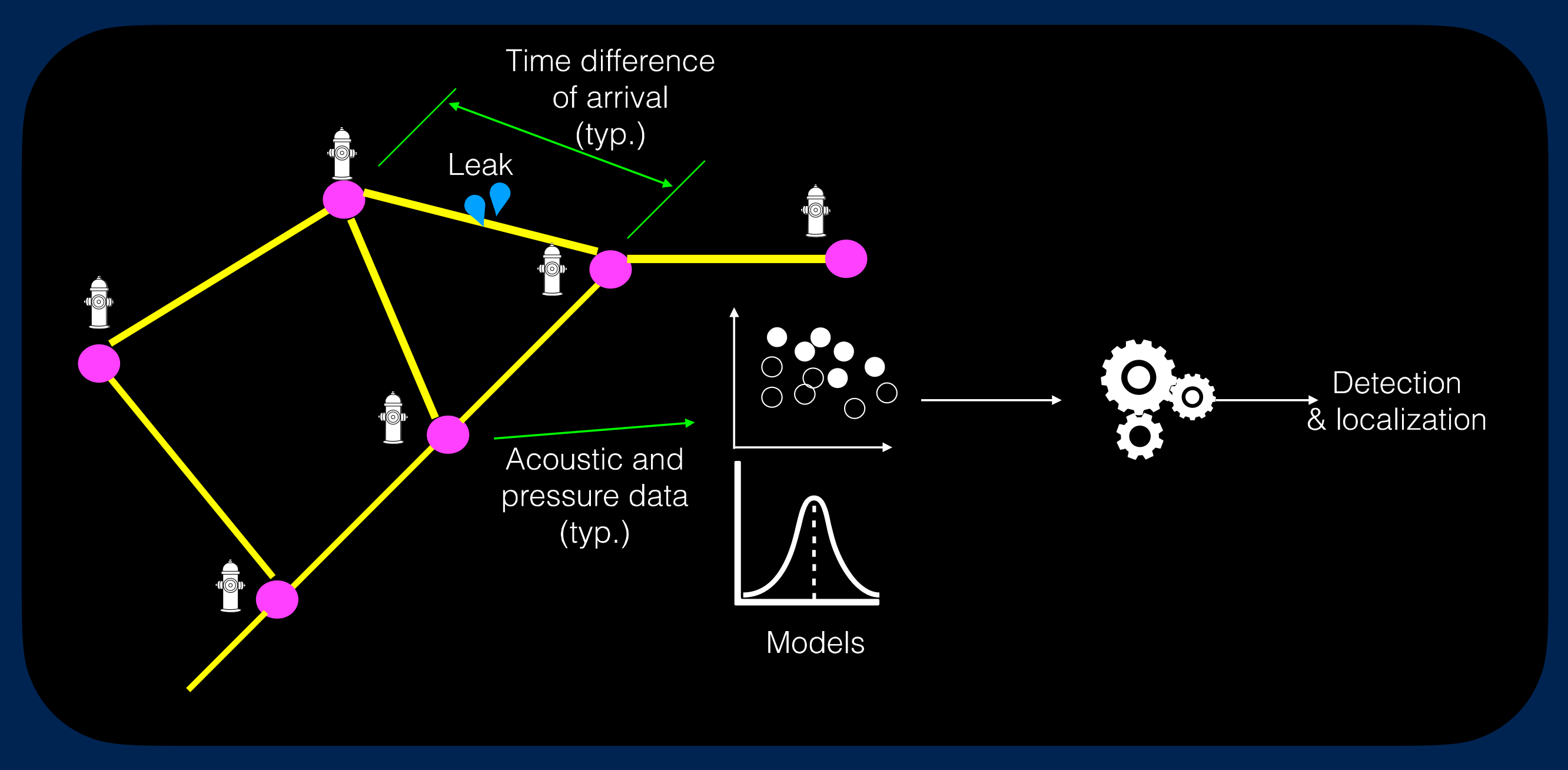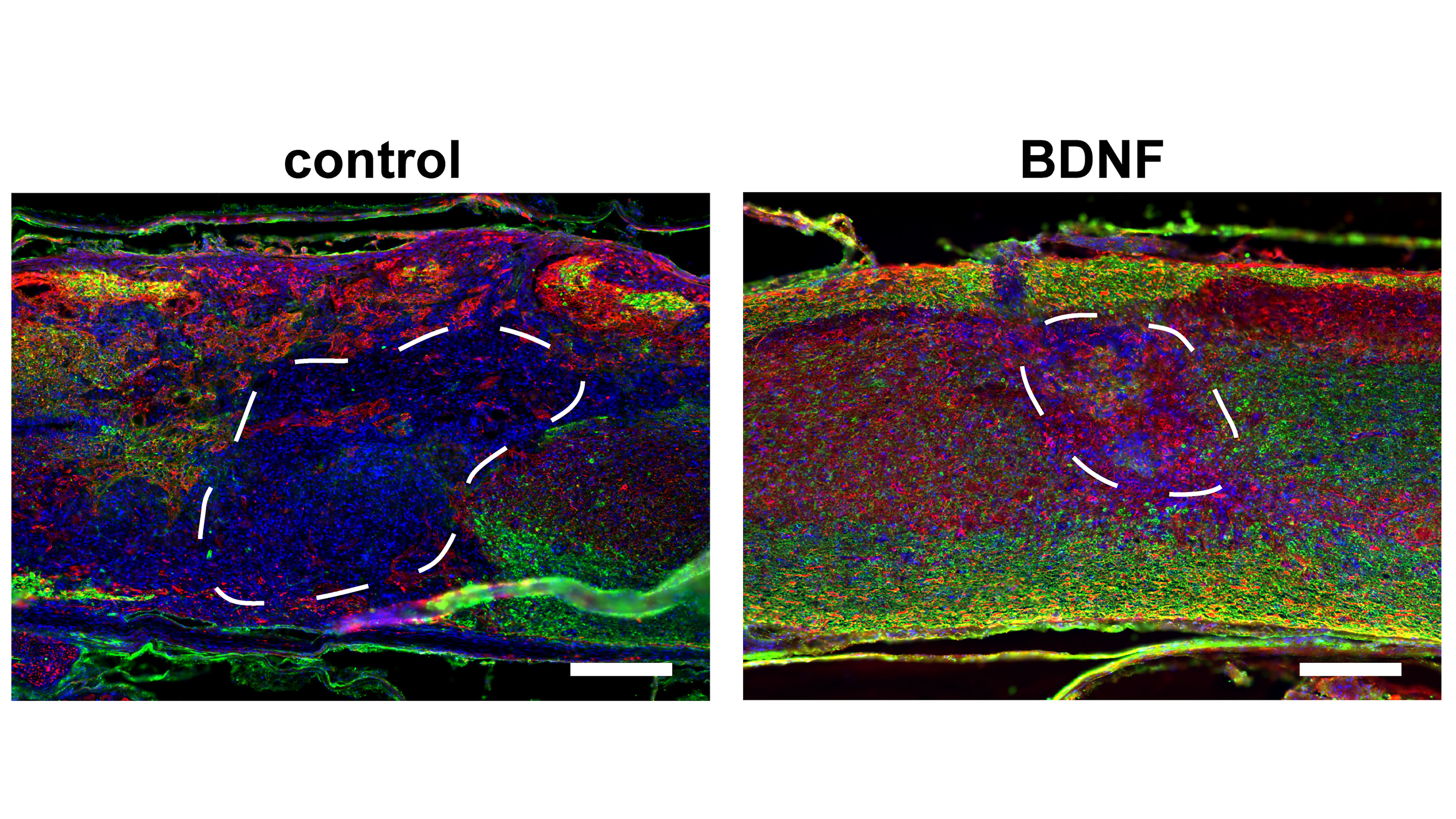The U.S. Department of Energy (DOE) today announced $264 million in funding for 29 projects to develop solutions for the scientific challenges underlying DOE’s Energy Earthshots™ Initiative to advance clean energy technologies within the decade. The funding will support 11 new Energy Earthshot Research Centers led by DOE National Laboratories and 18 university research teams addressing one or more of the Energy Earthshots™ that are focused on six different areas, including industrial decarbonization, carbon storage, and offshore wind. The Department launched the Energy Earthshots Initiative to spur decarbonization efforts that will help the United States meet President Biden’s ambitious climate and clean energy goals, including a 50% reduction in carbon emissions by 2030 and a net-zero carbon economy by 2050.
Tag: University of California, Los Angeles

Fire Hydrant Hydrophones Find Water Leaks #ASA184
Acoustic monitoring is the go-to solution for locating a leak in a large urban pipe network, as the sounds from leaks are unique and travel far in water, but even this method struggles in complex systems. To tackle the problem, Pranav Agrawal and Sriram Narasimhan from UCLA developed algorithms that operate on acoustic signals collected via hydrophones mounted on fire hydrants. In doing so, the team can avoid costly excavation and reposition the devices as needed. Combined with novel probabilistic and machine-learning techniques to analyze the signals and pinpoint leaks, this technology could support water conservation efforts.
Tiny Underwater Sand Dunes May Shed Light on Larger Terrestrial and Martian Formations
In Physics of Fluids, researchers have been studying the dynamics of how crescent-shaped sand dunes are formed. Known as barchans, these formations are commonly found in various sizes and circumstances, on Earth and on Mars. Using a computational fluid dynamics approach, the team carried out simulations by applying the equations of motion to each grain in a pile being deformed by a fluid flow, showing the ranges of values for the proper computation of barchan dunes down to the grain scale.

Injectable Porous Scaffolds Promote Better, Quicker Healing After Spinal Cord Injuries
In APL Bioengineering, researchers have developed materials that can interface with an injured spinal cord and provide a scaffolding to facilitate healing. To do this, scaffolding materials need to mimic the natural spinal cord tissue, so they can be readily populated by native cells in the spinal cord, essentially filling in gaps left by injury. The researchers show how the pores improve efficiency of gene therapies administered locally to the injured tissues, which can further promote tissue regeneration.

Plasma Treatments Quickly Kill Coronavirus on Surfaces
Researchers from UCLA believe using plasma could promise a significant breakthrough in the fight against the spread of COVID-19. In Physics of Fluids, modeling conducted showed strains of the coronavirus on surfaces like metal, leather, and plastic were killed in as little as 30 seconds of treatment with argon-fed, cold atmospheric plasma. The researchers used an atmospheric pressure plasma jet they built with a 3D printer to spray surfaces that were treated with SARS-CoV-2 cultures.